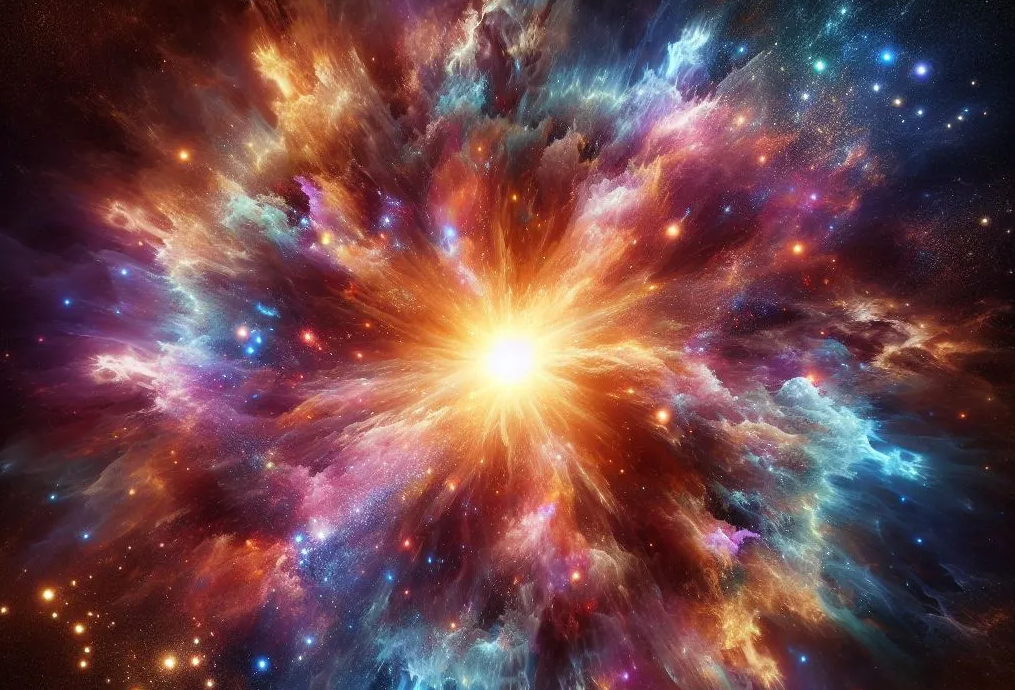“Sun Cash Seeds” Never Seen Before in the South Pole
The discovery of a rare type of olivine mineral in an asteroid in the South Pole has left scientists astounded. Olivine is a common silicate containing magnesium and iron, found both on and outside Earth. However, the isotopic composition of the olivine in this particular asteroid is so unique that it could only have been formed by a star that died before the birth of our Sun.

Caption: Ancient star explosion, scattering materials including rare olivine seeds found in the South Pole asteroid – Image source: Business Today
These olivine seeds represent the legendary “Sun Cash Seeds” and are incredibly rare. Sun Cash Seeds are mineral forms that have been discussed extensively in astronomical theories. They are the precious remnants of ancient stars that have existed for billions of years longer than our Sun.
Studying these seeds gives us insight into the various stellar environments in galaxies and the different types of worlds that can form around those stars.
Led by cosmic geologist Nicole Nevill from the Institute of Moon and Planetary Sciences in Houston, the team discovered these seeds in the South Pole asteroid using atomic probe tomography techniques. The isotopic composition of these seeds is distinct from anything found in the Solar System. These isotopic ratios of magnesium are the highest ever observed, indicating that they originated from a star that later evolved into a supernova, burning hydrogen.
The asteroid itself is also ancient and was discovered in the late 1970s in the South Pole. It is a carbonaceous chondrite, formed during the early stages of the Solar System, inadvertently capturing dust particles from an even older supernova.
The landing of this asteroid in the South Pole is a stroke of luck for humanity. It unknowingly preserves a “ticket” to explore the mysterious void of time and space before the emergence of the Sun.
For more financial and economic news, check out Business Today.
